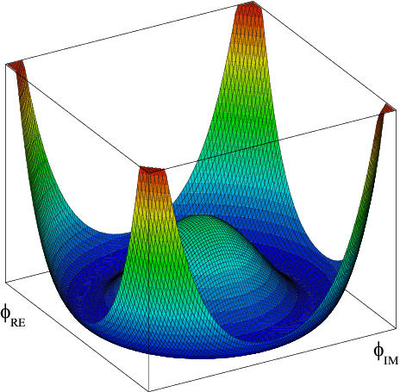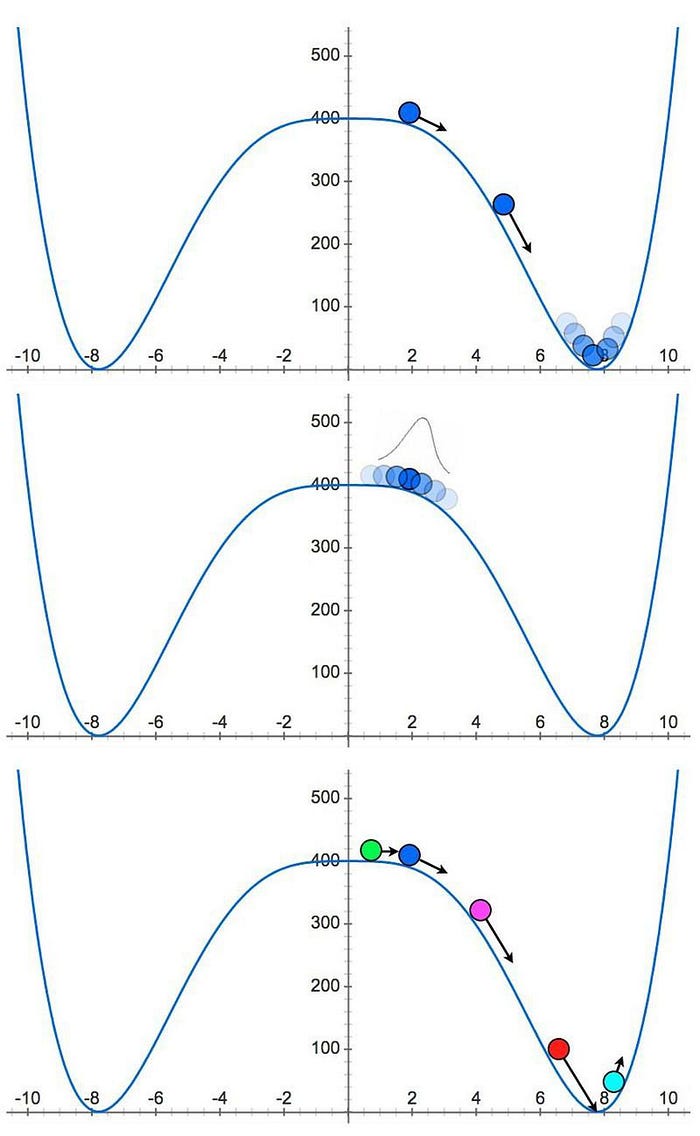All theories must be cyclic. IMO.
Matter-energy can't be created or destroyed therefore there's always been something, including before the big bang. I suggest this matter-energy has always been in motion, (which in turn gives rise to time if you believe there's such a thing). So there's always been motion (time).
The fact we are here after an infinite time has passed proves there has never been a heat death of any kind. Also, therefore, if a heat death has not occurred after an infinite time, means it will not happen in the future.
I also suggest, 'something that has always existed can't be in a state of evolution', so it must be eternally cyclic or recycling in nature. That is, in an average steady-state - for the whole Universe not just the contents of our big bang. I like to call it the 'Steady State of The Infinite'.

I find the idea of a heat-death very short-sighted. I suggest the laws of nature don't allow a one-off phenomenon. If a phenomenon can happen once it can always happen. The big bang was a finite natural phenomenon. So if it happened once it has always happened and always will, with an infinite number side by side across infinite space (why just one here and now?). Our big bang started with a finite size, has a finite age and finite rates of expansion, so, therefore, the
whole contents of our big bang has a finite size now.
I say short-sighted because many scientists and articles say the big bang is the beginning of the universe and of time itself. It's treated as a one-off phenomenon, with an absolute beginning with nothing before it, nothing beyond it, and proceeding to a one-off heat-death. It disregards the fact that there's always been 'matter-energy' and motion (time). Why would you get just a one-off phenomenon? It's also short-sighted to say the big bang is the beginning of the 'universe' because 'universe' means 'everything that exists'. It's very unscientific to assume the contents of a finite big bang is 'everything that exists'.
Just for the record the heat death theory doesn't require the universe to reach absolute zero and so will happen in a finite time, not the infinite future. See;
https://en.wikipedia.org/wiki/Heat_death_of_the_universe





